Kindergarten is such a fun age! Students are excited, curious, and eager to learn. There are so many interactive and engaging lessons to teach with this grade level, but the most effective activity I’ve found for kindergarten is centers! You may be thinking, “Wait, isn’t that more for preschool?” The answer is NO! Centers are still appropriate for kinder students and the best part is how engaged they become during centers. There are endless benefits of centers in the kindergarten classroom.
Centers Allow for Exploration
Kindergarteners are still very curious and desire to seek, explore, and ask questions about the world around them. The most authentic type of learning involves little minds seeking and investigating the answers to their own questions. One of the benefits of centers in kindergarten is that they allow for creativity and free exploration of senses. Play is the best way for students to develop cognitively and become independent thinkers.
As a teacher during centers, you should act more as a guide than as an instructor. You should be listening for questions or issues that arise, asking questions to your students, and modeling something when a student asks. Listen to your students use their reasoning skills and help them make connections and discoveries. Remember to always let your students create their own learning experience during this time.
Centers Encourage Self-Expression and Creativity
In art centers, students can mold, shape, draw, paint, and color freely. This creates a prime opportunity for students to develop self-expression skills. During free play, such as an art center, little minds can create without the fear of failure. Children can take risks and create openly without restrictions or guidelines. They get to focus on the process rather than the outcome. Centers where students can draw, paint, or create other forms of art are also great opportunities for students to practice their fine-motor-skills.
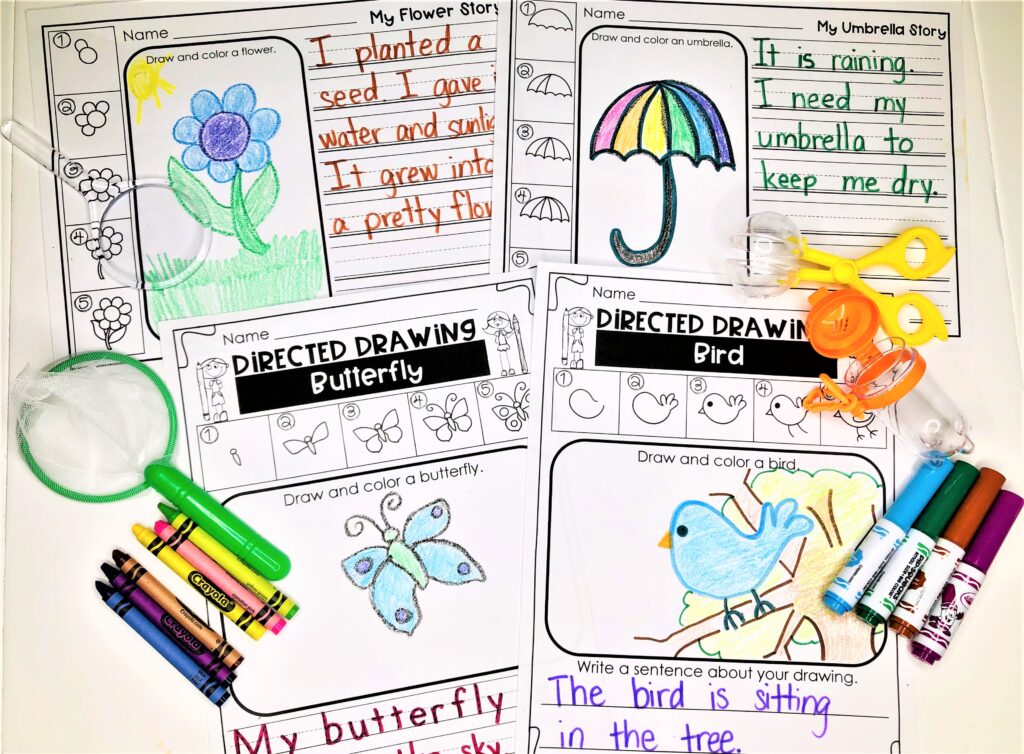
Centers Strengthen Communication Skills
This is not a perfect world, so your students more than likely will share either stations or supplies with a classmate during center time. This allows little ones to interact with others during play. Many centers even encourage role play, such as a doctor, playing house, or a dress-up game. During centers, your students will communicate with their peers in a playful, but also a real-world manner. This allows them to develop communication skills, build relationships, and understand social cues and concepts. Through center play with peers, students can grow and sharpen emotional and social skills. Socio-emotional growth is important in early childhood but also as students mature.
There are many variations of centers to try in your classroom. They are equally important in the process of learning. While centers look like play, they include an aspect of learning as little minds are being sculpted and formed.
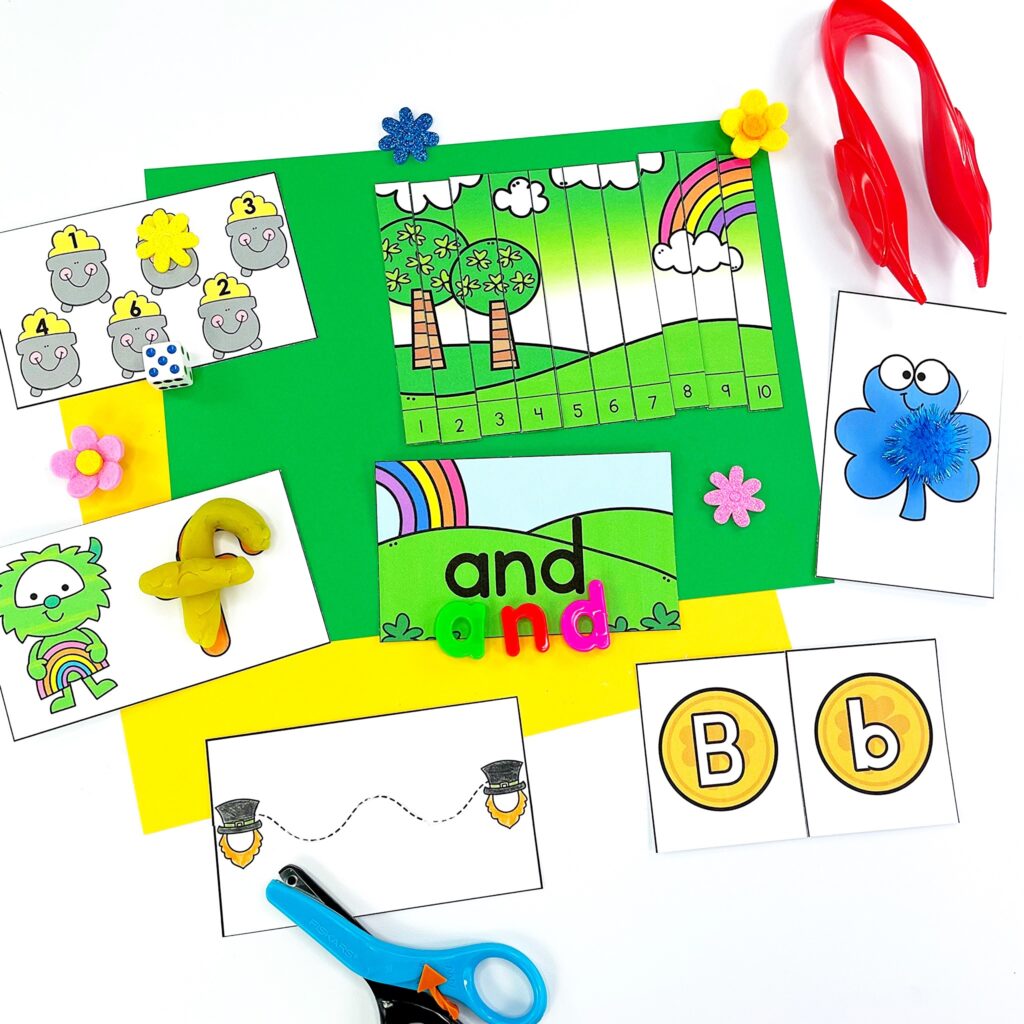
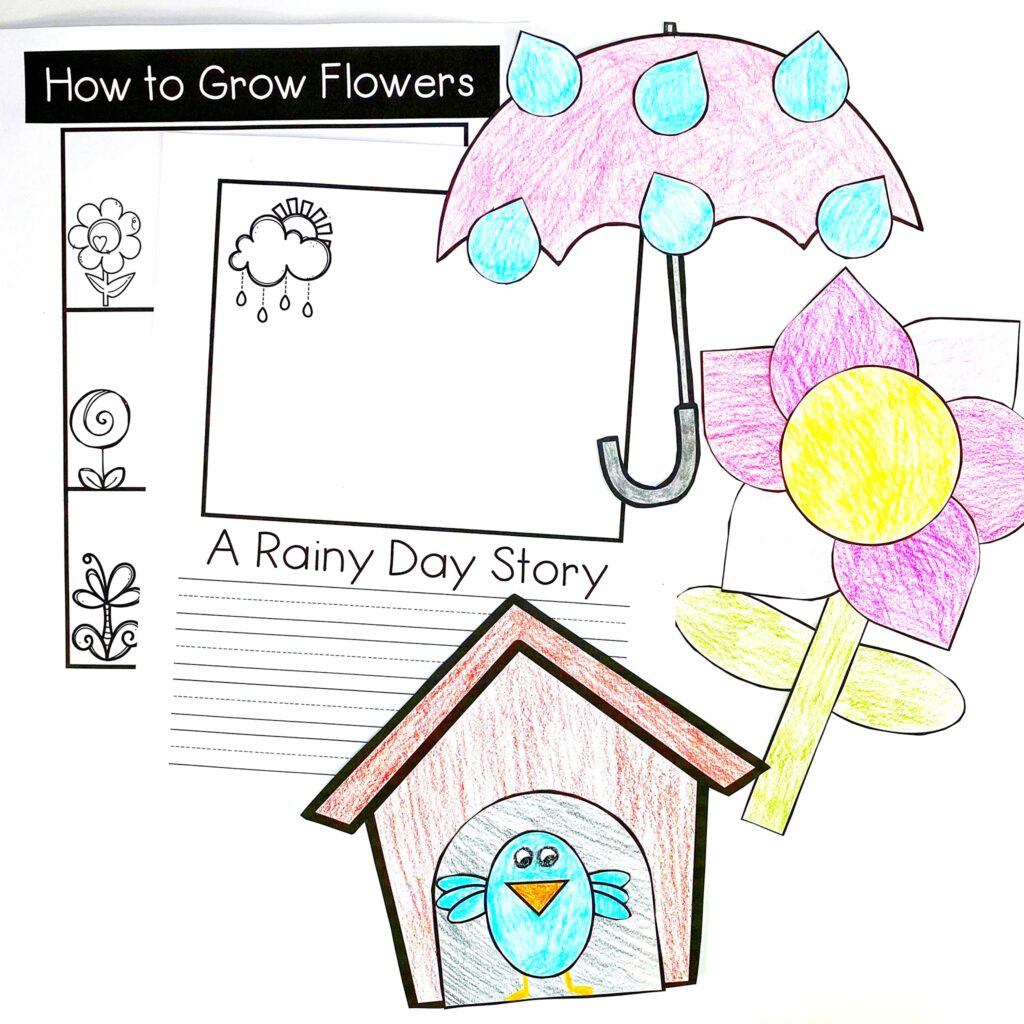
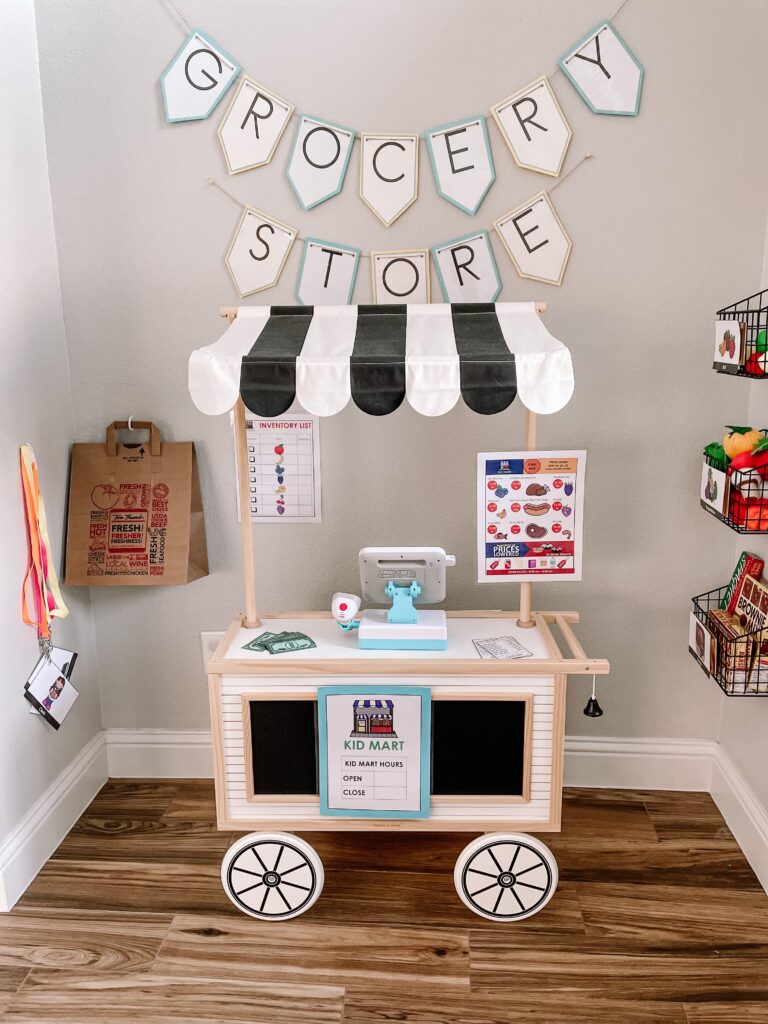
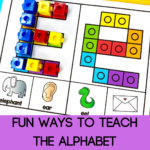
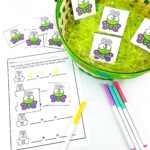
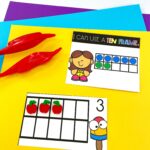
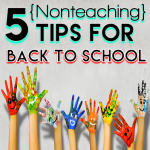

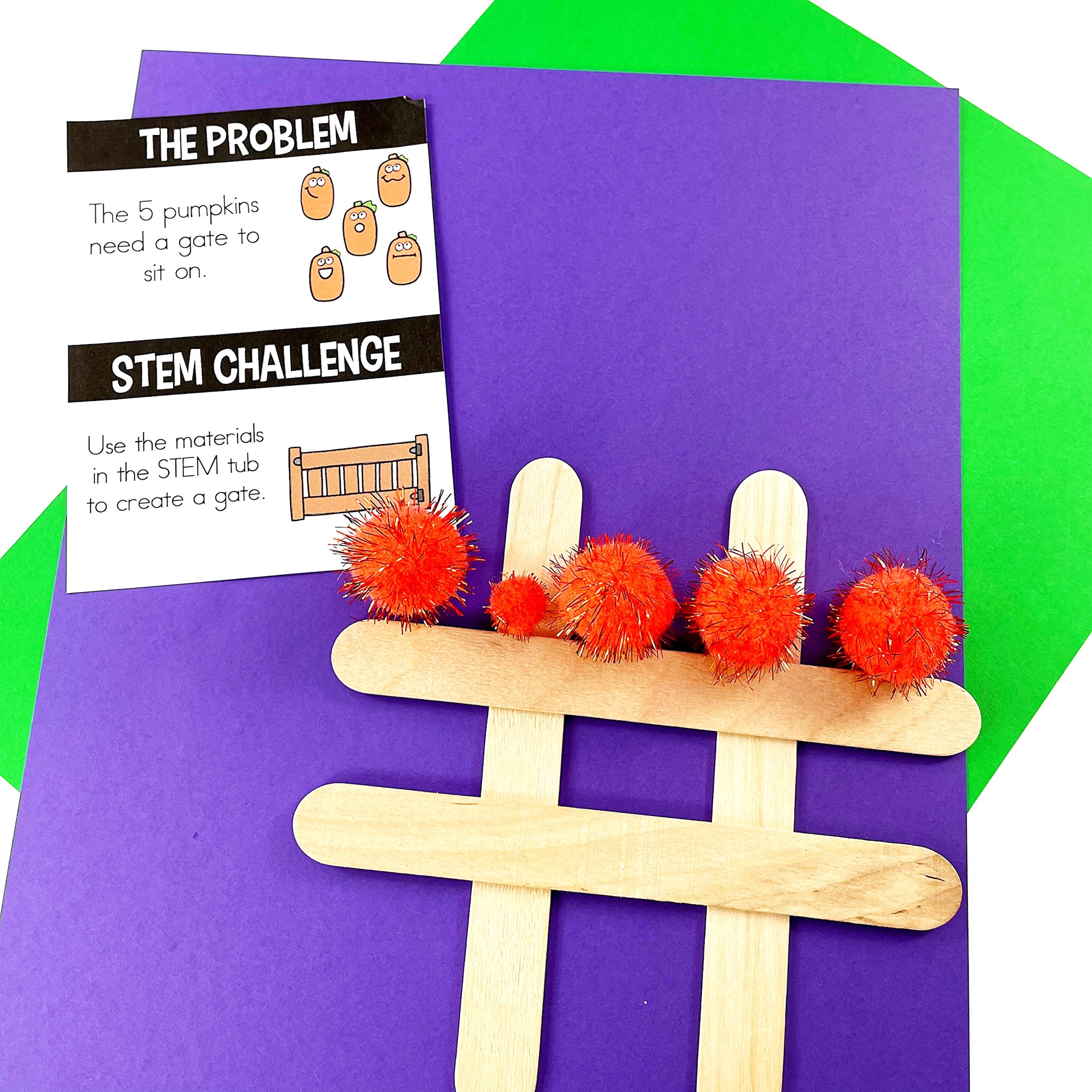

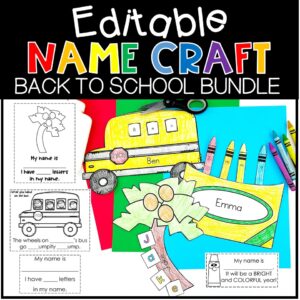
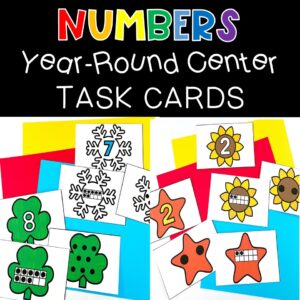

Leave a Reply